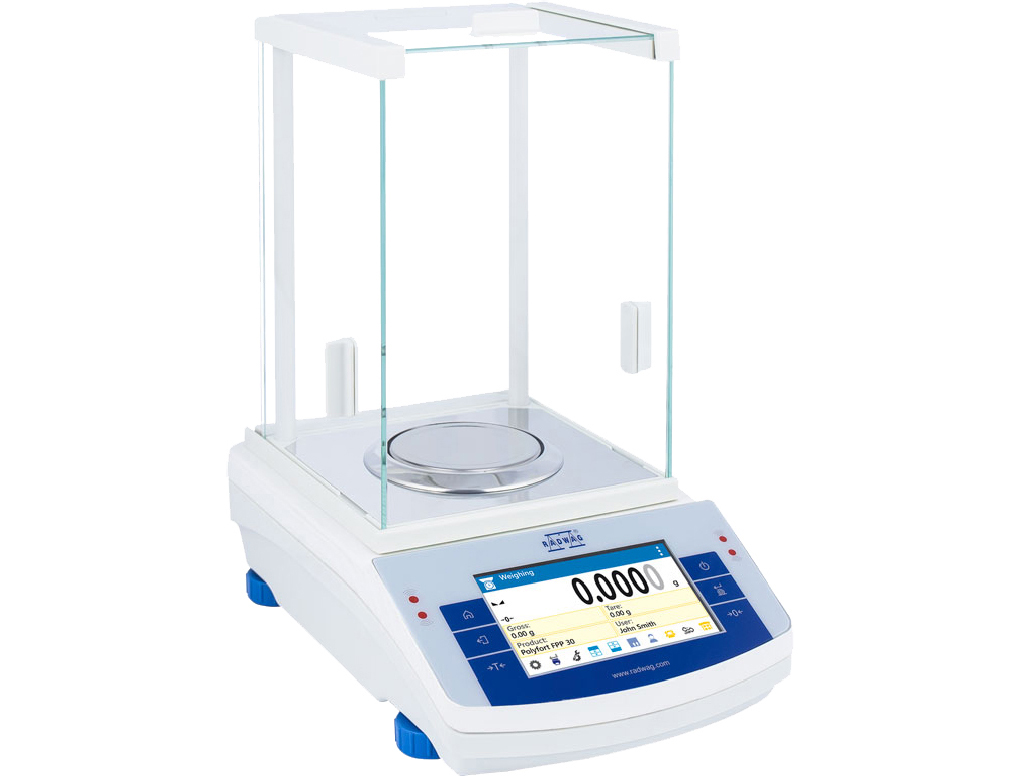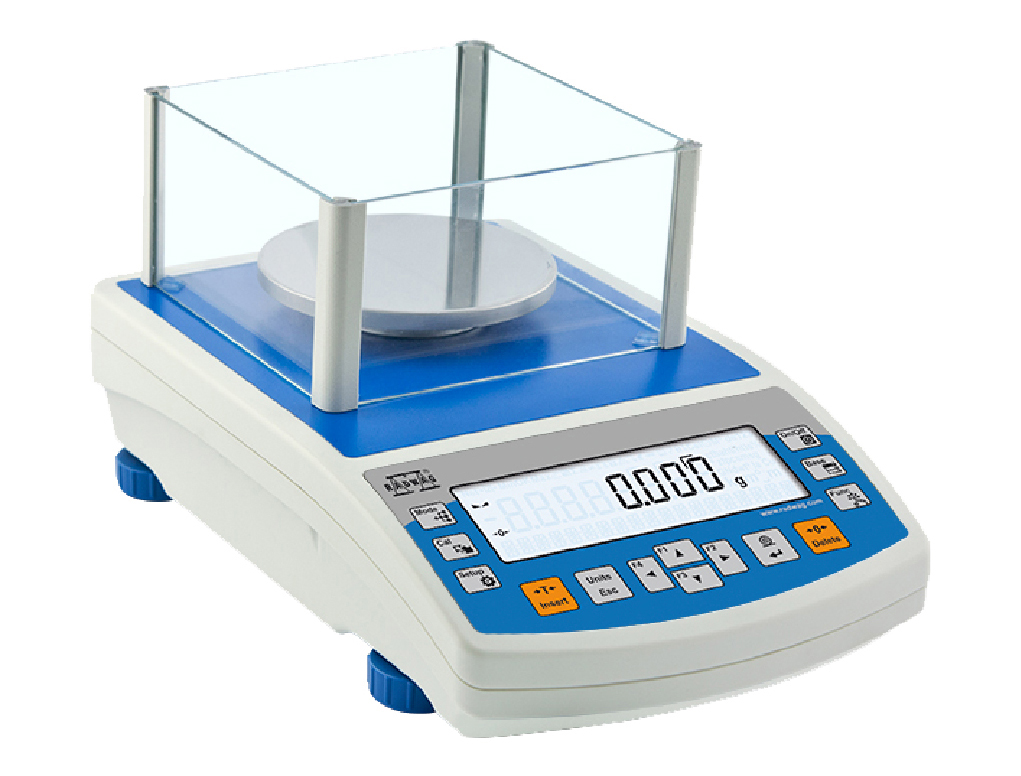Analytical balances are precision weighing instruments that are commonly used in school science laboratories. They are designed to measure the mass of small samples with high accuracy and precision. They typically have a readability of 0.1 mg or better and can measure samples up to a few hundred grams. They are often used in chemistry and physics experiments to measure the mass of chemicals and other materials used in the experiments. Some analytical balances also have built-in features such as a tare function and a counting function, which can be useful for certain types of experiments and measurements.
Types of Analytical balances for school laboratories
There are several types of Analytical Balances that are commonly used in school laboratories, including:
Top loading balances: These Laboratory balances have a pan on top where the sample is placed for weighing. They are easy to use and are suitable for most routine laboratory applications.
Analytical balances: These balances are more precise than top-loading balances and are typically used for more advanced or specialized experiments. They have a higher readability and can measure smaller samples.
Moisture analyzers: These balances are specifically designed to measure the moisture content of samples. They use a heating element to dry the sample and then weigh it to determine the moisture content.
Microbalances: These balances have a very high readability and are used for measuring extremely small samples. They are typically used in research labs for advanced experiments.
Precision balances: These balances are similar to top-loading balances but are more precise and are used for more accurate measurements.
It's important to choose the right type of balance for the type of experiment or measurement you need to perform. It's also important to select a balance that is appropriate for the level of students who will be using it.

Application of Analytical balances for school laboratories
Analytical balances are used in a wide variety of experiments and measurements in school laboratories, some common applications include:
Determining the mass of chemicals and other materials used in experiments: This is a fundamental measurement in many chemistry and physics experiments.
Measuring the density of liquids and solids: By measuring the mass and volume of a sample, students can calculate its density.
Measuring the specific gravity of liquids: By comparing the density of a liquid to the density of water, students can determine the specific gravity of the liquid.
Measuring the mass of a precipitate in a chemical reaction: Students can use an analytical balance to measure the mass of a precipitate formed in a chemical reaction, which can help them understand the reaction.
Measuring the moisture content of food and other materials: Moisture analyzers can be used to measure the moisture content of food, soil, and other materials.
Measuring the mass of a sample before and after a reaction to calculate mass changes, also known as stoichiometry calculations.
Measuring the mass of a sample in a titration process to determine the concentration of a solution.
Measuring small samples of materials for research purposes.

What types of labs are Analytical balances suitable for?
Analytical balances are suitable for a wide range of laboratory settings, including:
High school science laboratories: Used in high school science labs for chemistry and physics experiments, where students need to measure the mass of chemicals and other materials.
College and university science laboratories: In college and university labs, they are used for more advanced and specialized experiments, such as research projects in chemistry, physics, and biology.
Industrial laboratories: Used in industrial laboratories for quality control and research and development. They can be used to measure the mass of raw materials, finished products, and intermediate products.
Medical and pharmaceutical laboratories: Used in medical and pharmaceutical labs to measure the mass of drugs, chemicals, and other materials used in the development of new drugs and medical treatments.
Forensic laboratories: Used in forensic labs to measure the mass of evidence in criminal cases.
Environmental laboratories: Used in environmental labs to measure the mass of soil, water, and other environmental samples.
Food and beverage industry: Used in the food and beverage industry for quality control, to measure the ingredients and final products.
Agriculture and Soil laboratories: Used in agriculture and soil laboratories to measure the mass of soil samples, fertilizers, and other materials used in farming and agricultural research.
Analytical balances for purchase
MRC provide a wide range of Laboratory equipment for schools and Analytical balances in particular.